Domestic mortars in the postwar period
The Soviet Union ended the war with an extensive fleet of mortar weapons. The Red Army had well-proven 82-mm battalion and 120-mm regiment mortars during the fighting.
On armament of heavy mortar brigades that were part of the artillery divisions of the breakthrough of the reserve of the Supreme Command were 160-mm mortars.
In the early postwar years, the improvement of this very effective weapons continued. This primarily affected 160-mm heavy mortars designed to crack a long-term defense.
In the summer of 1945, the first modernization of the 160-mm mortar was made. 1943 d. In the new mortar, called MT-13D, the barrel length was increased by 50 mm, and the firing range to 7400 m.
In 1949, the service developed by Kolomna SKBA under the direction of B.I. Shavyrina new heavy 160-mm mortar M-160. The firing range of which reached 8040 m, and the design was simpler.
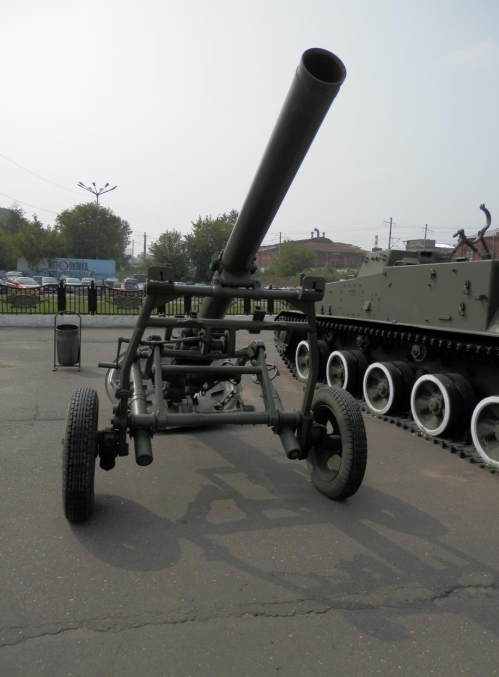
The 160-mm divisional mortar of the model 1949 of the year (M-160) began to arrive in the 1953 year. Before the 1957, the 2353 mortar was produced.
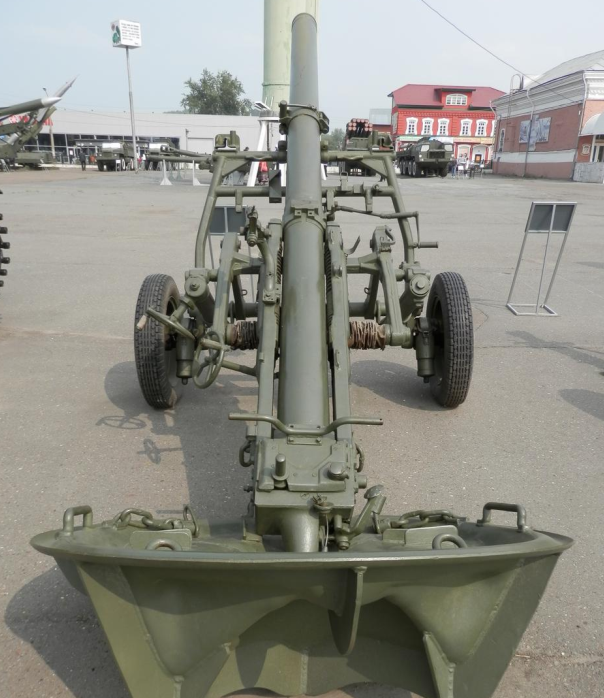
Mortars of this type were in service for a long time, at the moment several hundred M-160 mortars are in Russia at storage bases.
In the 1950, the armament, after lengthy tests, was developed by B.I. Shavyrin is even heavier, still not having world analogues 240-mm breech-loading mortar. This "monster" was firing a high-explosive mine F-864 weighing 130,7 kg, at a distance of up to 9650 meters.
Almost the same artillery part 2B8 used in 240-mm self-propelled mortar - 2X4 "Tulip", which was put into service in the year 1971. It was created to replace the towed 240-mm mortar M-240 arr. 1950 g. And surpassed the M-240 in survivability on the battlefield and combat effectiveness by improving maneuverability, maneuverability, reducing the temporal characteristics of opening fire and leaving firing position.
Self-propelled 240-mm mortar has a high maneuverability and efficiency of the mines at the target, the ability to overcome contaminated areas of the terrain, high maneuverability.
Mortar shooting does not require special preparation of the position before shooting. The charging angle 2B8 is about + 63 °. The mines are sent to the rammer guides automatically from a mechanical warhead located in the chassis body (40 high-explosive or 20 active-reactive mines are located in two warheads). In addition, the loading can be done from the ground with the help of a crane. Horizontal guidance remained manual. The B-2 diesel engine installed on the 4C59 allows up to 60 km / h on the highway, and up to 30 km / h on dirt roads.
In the postwar period, no country in the world has adopted such powerful mortars. The self-propelled mortar 2C4 is the only mortar in the world of this caliber and has no analogues.
In 1955, the 120-mm mortar, also developed under the guidance of B.I. Shavyrina. 120-mm regimental mortar model 1955 of the year (M-120) was created taking into account the experience of combat use 120-mm regimental mortar arr. 1943
With the same mass as the 120-mm regimental mortar arr. 1943, the new mortar had a long range, and reached 7100 meters. The median lateral deviation when shooting is 12,8 meters, and the median deviation in range is 28,4 meters.
The time of putting the mortar into a combat position was reduced to 1,5 minutes. 120-mm mortar arr. 1955 was in service in parallel with other models of 120-mm mortars.
In 70-s, a self-propelled mortar “Tundzha” was created on the basis of the light armored tractor MT-LB.
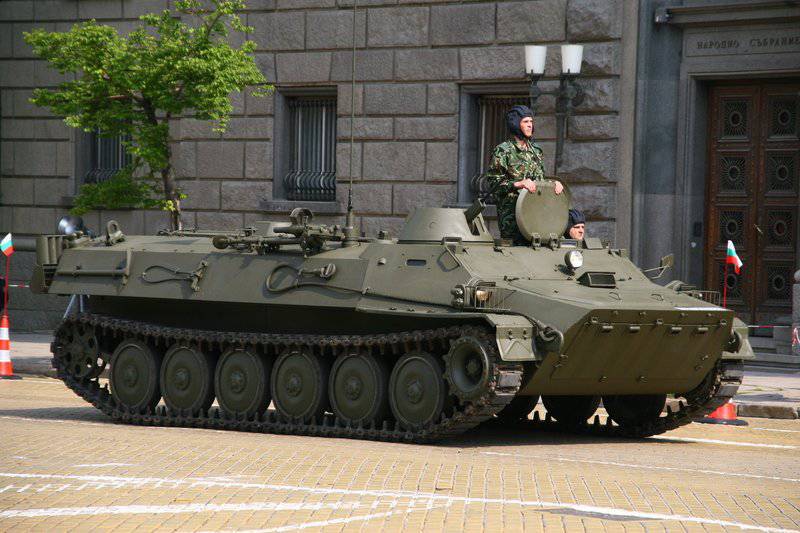
This self-propelled mortar for the armies of the Warsaw Pact member countries was produced in Bulgaria. Total built about 400 such machines.
At the end of 1960's 120-mm mortars in the Soviet army were transferred from the regimental unit to the battalion. This markedly increased the fire capabilities of the battalions, but at the same time demanded greater mobility from 120-mm mortars. However, from the middle of the 50-s, after N. S. Khrushchev came to power in the USSR, there was an excessive passion for rocket weapons.
In fact, a ban was imposed on the development of new types of artillery and mortar weapons. All mortars were declared "obsolete", and 82-mm mortars as "insufficiently effective" were removed from the parts. The Soviet military leadership took some time to understand the fallacy of this decision, largely influenced by the experience of effective use of mortars in numerous local conflicts, from the middle of 60's surviving artillery design bureaus again engaged in designing new designs.
The Petrel Central Research Institute has developed a lightweight 120-mm mortar complex Sani, which was put into service in 1979 under the symbol 2-XNNUMX. The complex includes the 12B2 mortar, the 11Л2 detachable wheel drive and the 81Ф2 transport vehicle based on GAZ-510-66 vehicle.
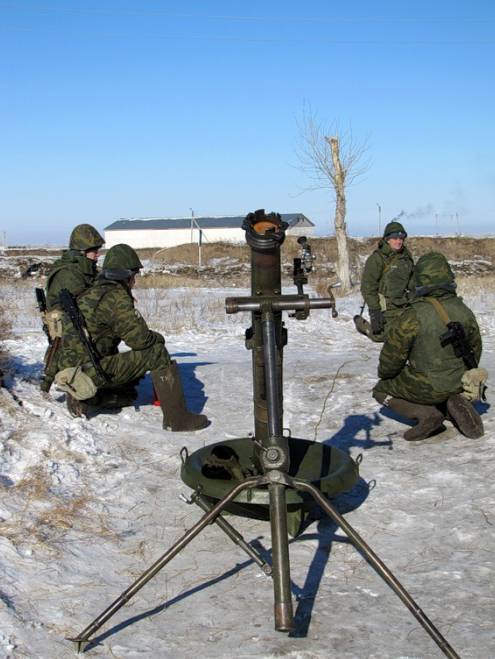
The mass of the mortar in the stowed position is 300 kg, in the combat position - 210 kg. The weight of the 2B11 mortar barrel is 74 kg, the two-legged carriage is 55 kg, the base plate is 82 kg. Rate of fire: 15 shots / min. Sighting range: from 480 to 7100 m. Sighting range of guided munition KM-8 "Gran": 9000 meters.
Sights of the mortar consist of the MPM-44M optical mortar sight, the K-1 gun collimator and the LUCH-PMX2M illumination device. The sight provides 2,55-fold increase, its field of view is 9 °. The collimator allows firing in poor visibility conditions. At night, the illumination of the grid, the scale of aiming and the levels of the sight and collimator is carried out by the LUCH-PM2М lighting device, which also has lighting systems for the commander’s and equipment’s workstations.
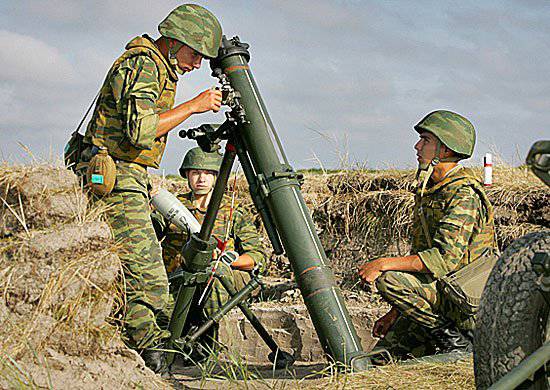
The main transportation variant of the mortar is its transportation in the back of a transport vehicle 2Ф510. The transport vehicle was developed on the basis of the onboard army truck GAZ-66-05 (4x4) and is intended for the transportation of mortar, billing, ammunition and spare parts kit. Loading and unloading of the mortar into the body of the car is done by manual calculation through the folded back side, using the two ramps extended from the body.
The upgraded version of the 2C12А received a new towing vehicle. Now it is a truck "Ural-43206" or tractor MT-LB. Transportation of the mortar with a wheel course can be carried out either by simple towing, or in the back of a truck or on the roof of a tracked vehicle.
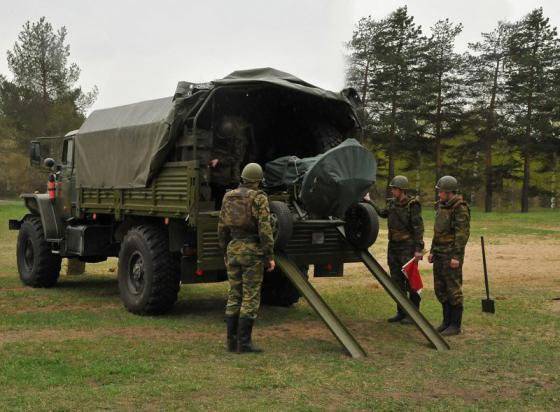
For loading transport vehicles are equipped with a quick-detachable ramp of a tray design and a winch.
The updated composition of the equipment of the complex provides a faster transfer of the complex from the marching state to the combat state, and vice versa, including by means of reduced calculation.
In a number of countries using self-propelled mortars were created using 2B11. In Bulgaria, produced self-propelled mortar "Tundzha-Sani" on the basis of MT-LB.
At the moment, there is a tendency to actually merge 120-mm mortars and breech-loading rifled howitzers. New universal guns have the ability to fire both rifled shells and feathered mortar mines.
The first such domestic system was the divisional-regimental airborne self-propelled artillery 1976СXNNXX "Nona-S" created in 120 year, at the Perm machine-building plant 2-mm.
The CJSC 2C9 "Nona-S" is intended for the suppression of manpower, artillery and mortar batteries, rocket launchers, armored targets, fire weapons and command and control points.
The main weapon of the CAO 2C9 is the 120-mm rifled gun-howitzer-mortar 2A51. The cannon is fired with 120-mm high-performance rifled projectiles, as well as 120-mm mortar mines of various types.
Nona-S was adopted by self-propelled artillery battalions of paratrooper regiments in the 1980 year and was baptized in Afghanistan, where it proved to be excellent.
Later, in addition to the Airborne Forces, for other types of troops, several SAOs of this type were developed and put into service. The artillery divisions of the battalions of the infantry brigades of the Ground Forces and the Marine Corps ensure the replacement of the 120-mm towed mortar complexes 2C12 “Sani” is supplied with a self-propelled artillery gun on the BTR-XNMTHMN armored personnel carrier BTR-XNUMNM80NUMXMNC2-17N-XNMX-17N-XX-NNMX-17MX Brigade chronometrio
On the chassis of the BMP-3 in 1995, a 120-mm SAO - 2S31 "Vienna" was created, with a firing range of up to 14000 meters. Designed to arm artillery battalions of motorized rifle or tank formations.
During the modernization of the CAO 2C1 “Gvozdika”, a similar 120-mm gun-mortar was installed in place of the 122-mm guns 2А31.
Deeply modernized CAO with new weapons received the designation - 2-34 "Khost". “Khosta” is intended for the suppression of manpower, artillery and mortar batteries, rocket launchers, armored targets, fire weapons and control points at a distance of 13 km.
In addition to self-propelled, towed developed and adopted: 2B16 "Nona-K" and 2B23 "Nona-M1".
2B16 "Nona-K" is a towed version of the gun, mounted on a self-propelled artillery 2C9 "Nona-S", and retains all the qualities and features of the basic gun.
Designed for artillery battalions of assault brigades. It was developed taking into account the experience of the combat operations of the ground forces of the Soviet army in Afghanistan. In 1986, the gun was adopted.
In 2007, the 120-mm mortar 2B23 "Nona-M1" was adopted by the Russian army. Its main purpose is the destruction of enemy personnel, the defeat of lightly armored and unarmored vehicles.
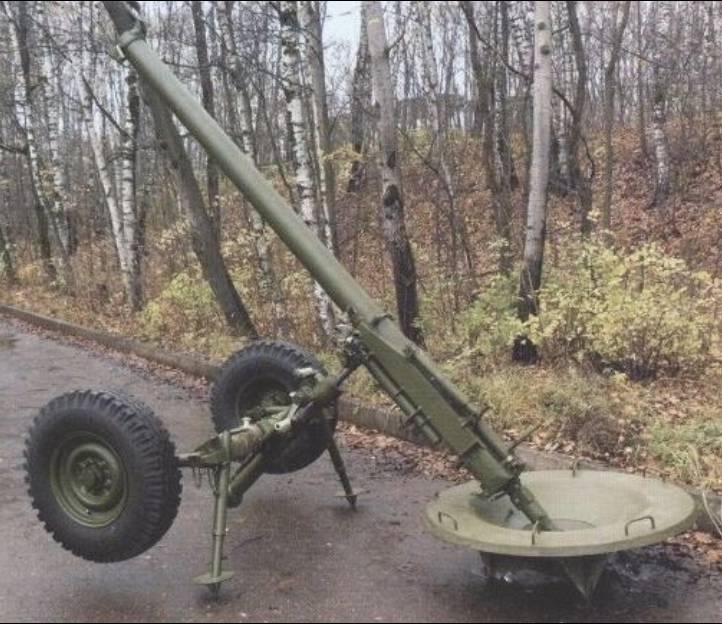
The 2B23 must be equipped with mortar batteries of motorized rifle battalions of ground forces. Also, the 2B23 mortar can be armed with paratroop units of the Airborne Forces, as the 2B23 has the ability to land on special platforms.
Mortar 2B23 can use all types of mines of caliber 120-mm, in addition, the range of used ammunition includes the main part of the shots with ready-made grooves for the guns of the "Nona" family.
The 120-mm mortars launched in the USSR were used in a variety of local conflicts, where they consistently demonstrated their high efficiency.
In 1970, the automatic mortar of the 82-mm caliber - 2B9 “Cornflower” was put into service, with a practical rate of fire of 100 — 120 rds / min. Theoretically, it can replace 5-6 82-mm mortars with manual loading.
Loading at the mortar 2B9 "Cornflower" cassette, four mines are placed in the cassette. The mortar allows you to conduct two modes of shooting - single and automatic, the barrel is smooth. The design of the mortar was made according to the scheme, which is used when creating breech-loading artillery guns. This scheme allowed us to fully automate the loading of the mortar. The opening of the shutter, feed to the line of loading, sending mines into the chamber, locking the shutter and the shot are carried out automatically. The loading mechanism was activated by using the energy of powder gases. The recoil energy produced when fired is used to actuate, by means of return springs, an automatic loader mechanism.
New 82-mm high-performance mines were developed for mortar firing. The maximum range of shooting 4250 meters, the minimum 800 meters, the weight of the mine O-832DU 3,1 kg. When a mine explodes, no less than 400 fragments are formed, the radius of a continuous defeat is not less than 6 meters, within an effective radius of destruction. A cumulative mine was developed for firing at armored targets.
With a mass of 632 kg mortar 2B9, can be moved by the calculation forces without using a vehicle. For long distances, the mortar moves, either in the back or by towing, with the help of the 2F54 transport vehicle (specially created on the basis of the GAZ-66 vehicle), together with which it is designated as the 2K21 system. In the body 2F54, the mortar rolls in when using special ramps. However, in the 80-ies for the transportation of the mortar began to use the tracked tractor MT-LB, where it was placed on the platform in the rear of the hull.
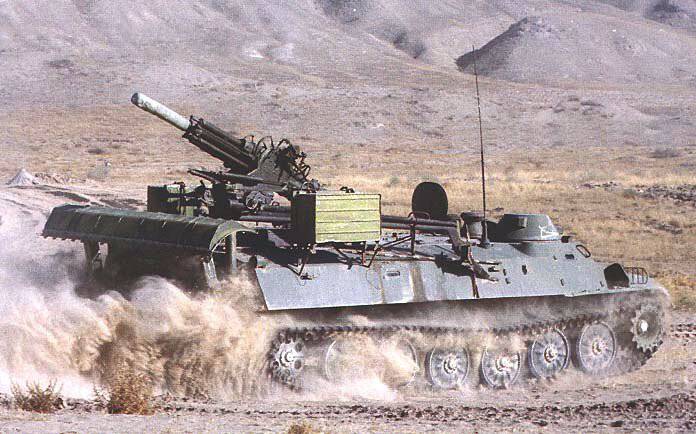
The upgraded version of the mortar, which received the designation 2B9M "Cornflower", differed from its predecessor by an air-cooled barrel system and the presence of cooling edges located on its central part. The upgraded mortar was put into mass production and adopted by the army in 1983 year.
The mortar was widely used during the hostilities in Afghanistan and Chechnya, during the "counter-terrorist operation."
In 1983, the 82-mm mortar 2B14 "Tray" was put into service. Mortar 2B14 created by the imaginary triangle. The mortar barrel is a smooth-wall pipe with a screw-back breech. Optical sight MPM-44M.
Punching round base plate with welded bottom lugs. In the stowed position, the mortar is disassembled and transported or transported in three packs. The mass of packs in the stowed position: trunk pack - 16,2 kg, support plate pack - 17 kg, pack of two-legs - 13,9 kg. Rate of fire without corrections to 20 rds / min. Firing range from 85 to 3 920 meters.
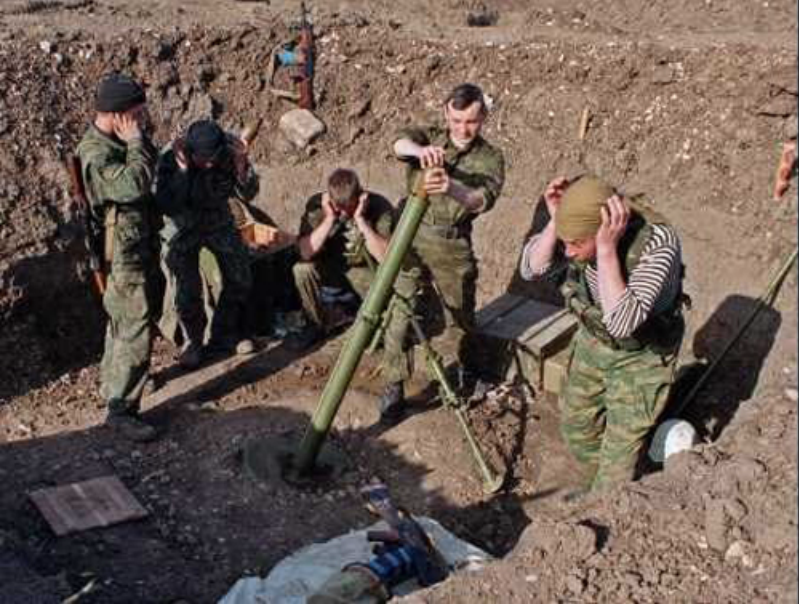
The Tray modernization project is called 2B24 and is a further development of the 2B14 project. The design of the 2B24 mainly differs from its predecessor in the barrel length. This innovation allowed to significantly increase the maximum firing range, now it is equal to almost six kilometers. To ensure an acceptable temperature regime of the trunk and to avoid its deformation, there is a finning-radiator on the breech. Mortar 2B24 can shoot all available mines caliber 82 millimeter. In addition, during its development, a high-explosive mine mine of increased power 3-O-26 was created.
Without any changes in the design, the 2B24 mortar can be converted from portable to self-propelled. To do this, using a special mounting kit, the mortar is installed in the troop compartment of an armored tractor MT-LB. Such a complex was named 2K32 "Virgo". It is noteworthy that the 2FXNNXX-510 mounting kit allows you to quickly remove the mortar from it and use it in a wearable version. Ammunition of the 2K2 combat vehicle is 32 mines.
At the MILEX-2011 exhibition in Minsk, an 82-2 XGUM 25B2 25B13 100-1200 mortar developed at the Central Research Institute was presented. A distinctive feature of the 15BXNUMX is the lack of standard signs of a shot in firing and low weight and size. With a weight of XNUMX kg, the mortar is capable of conducting effective fire at a distance from XNUMX to XNUMX meters. Rate of fire - up to XNUMX rds / min.
The “noiselessness” of a mortar shot is achieved through the use of a specially designed fragmentation shot 3BO35E. When fired, the shank of the mine locks the powder gases in the mortar barrel, so that no noise, flames, smoke or shock waves are created. The volume of the 2B25 shot is comparable to a shot from an AKM submachine gun using a silencer.
Such characteristics of the mortar provide high mobility and provide the possibility of covert and sudden use.
At the moment, mortars in service in Russia are superior or not inferior in their characteristics to foreign models. At the same time, there is a lag in terms of creating highly effective guided mortar shots.
All created in our country, this type of ammunition have a semi-active laser homing, suggesting target illumination. In conditions of full-scale hostilities, with high smoke and dustiness of the battlefield, this possibility may not be. At the same time, self-targeting mines with infrared or radar seeker are being actively created abroad, as well as being corrected with guidance based on signals received from a satellite navigation system.
Based on:
http://vadimvswar.narod.ru/ALL_OUT/TiVOut0809/NonaM/NonaM013.htm
http://hotlinenews.info/voorugenie/3955-novye-otechestvennye-minomety
http://burevestnik.com/
Armament and equipment: a Handbook. - M, Military Publishing, 1982.
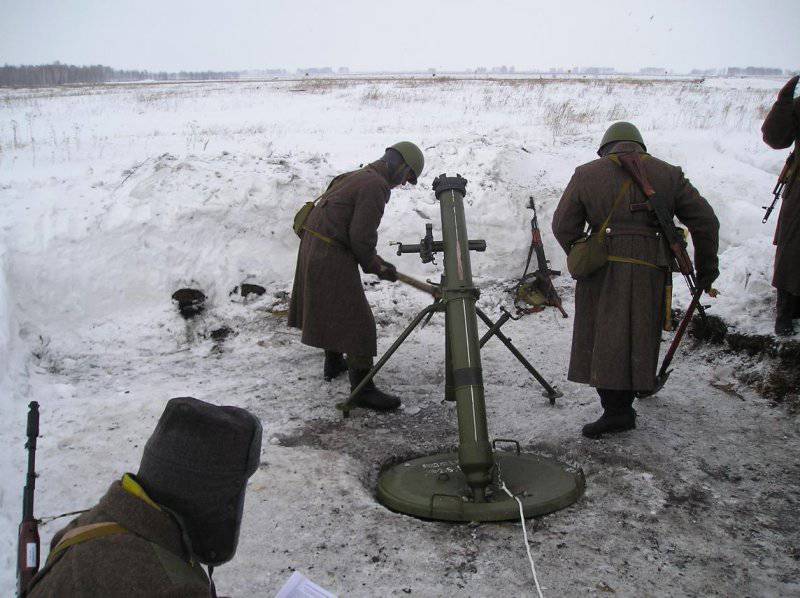
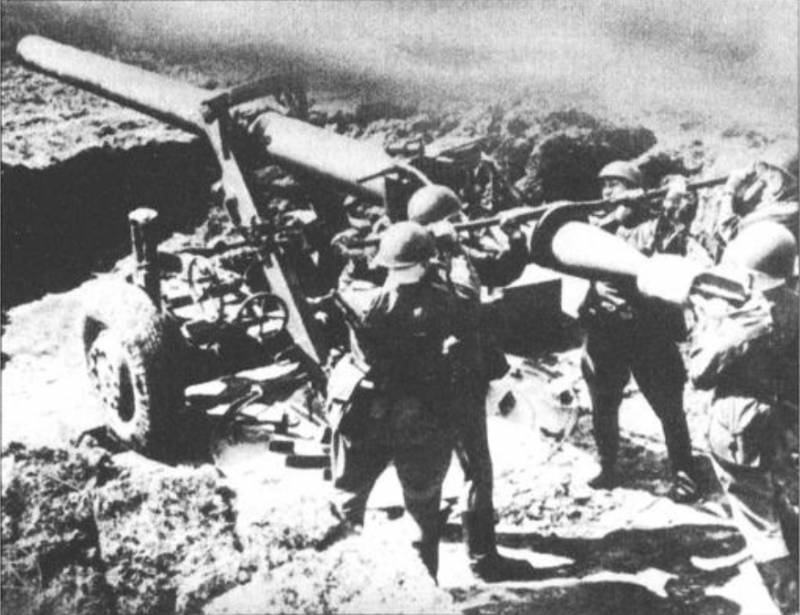
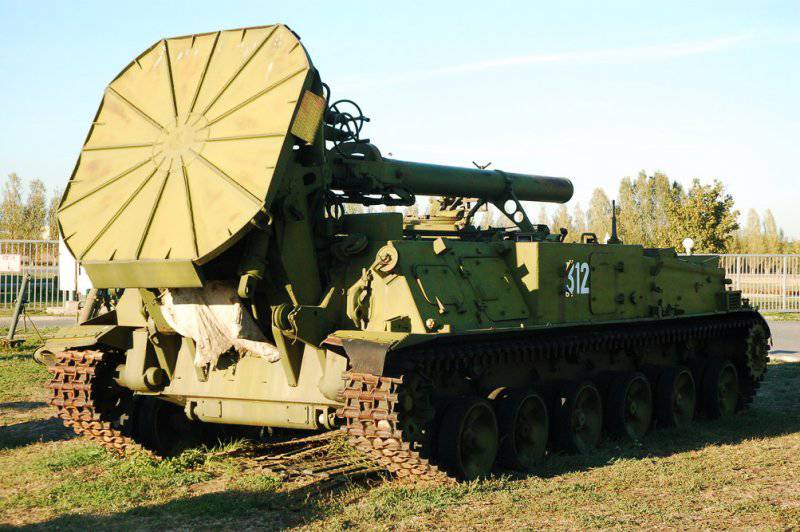
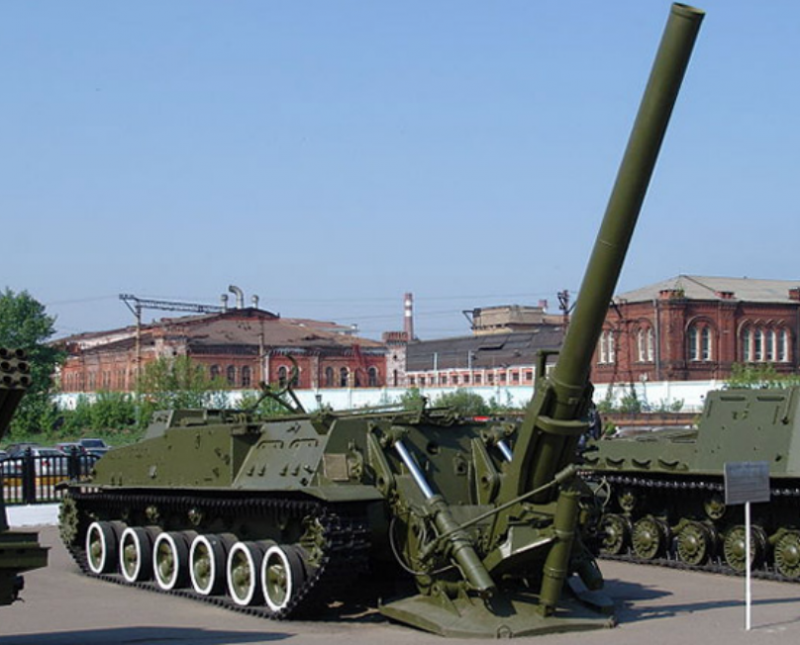
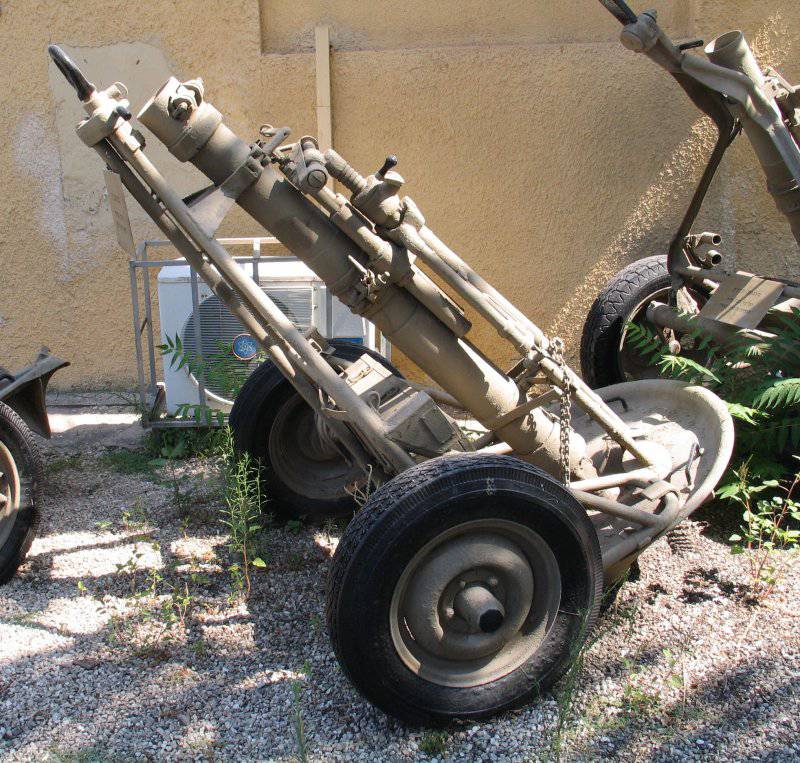
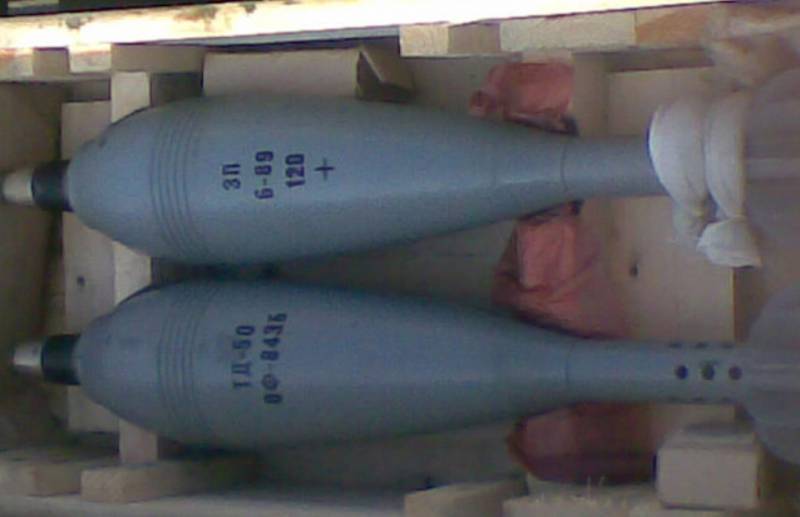
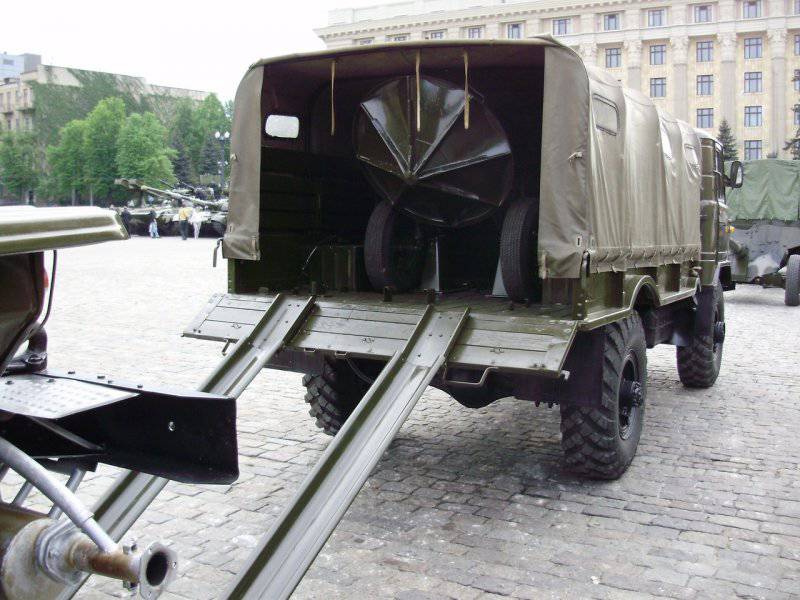
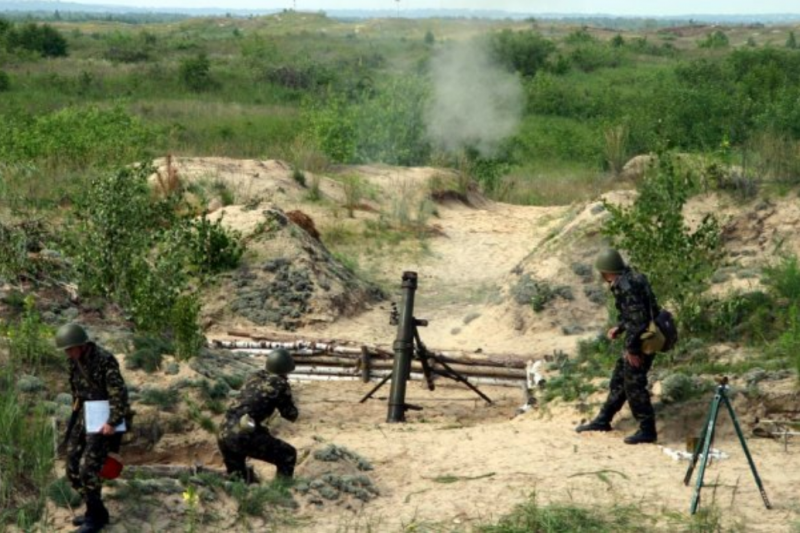
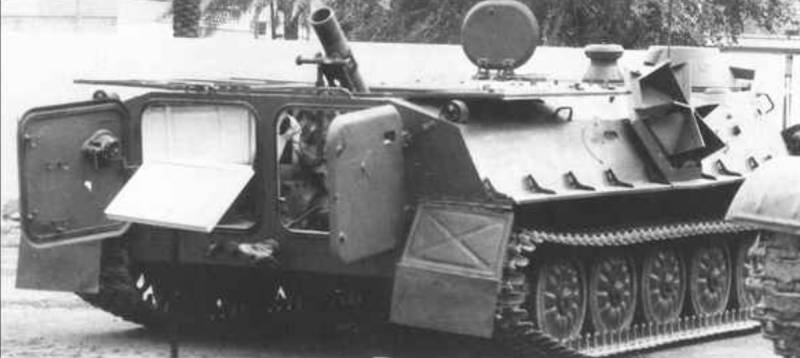
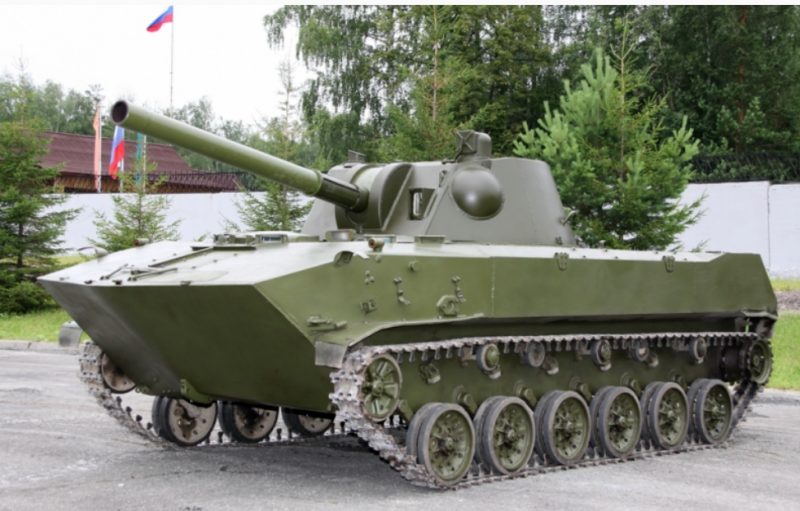
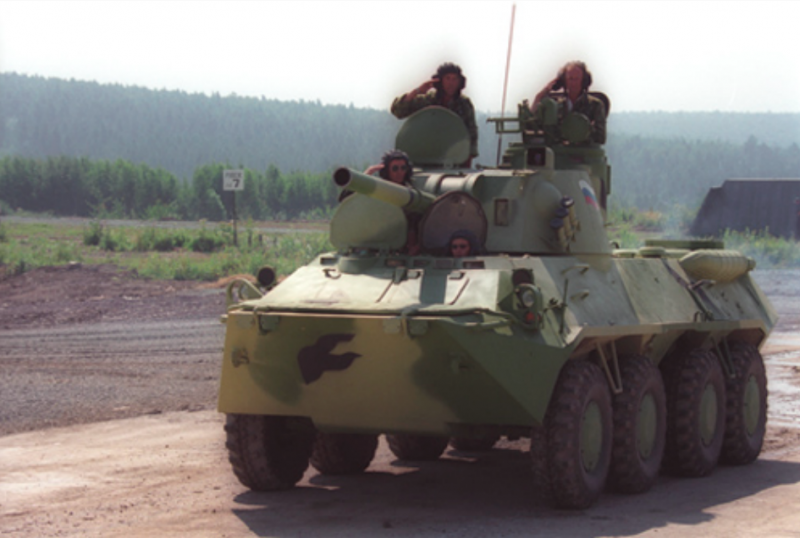
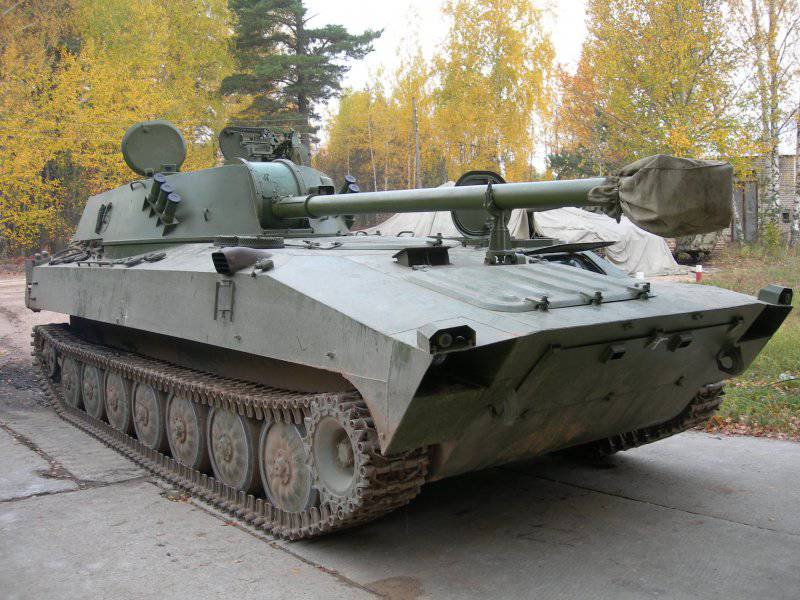
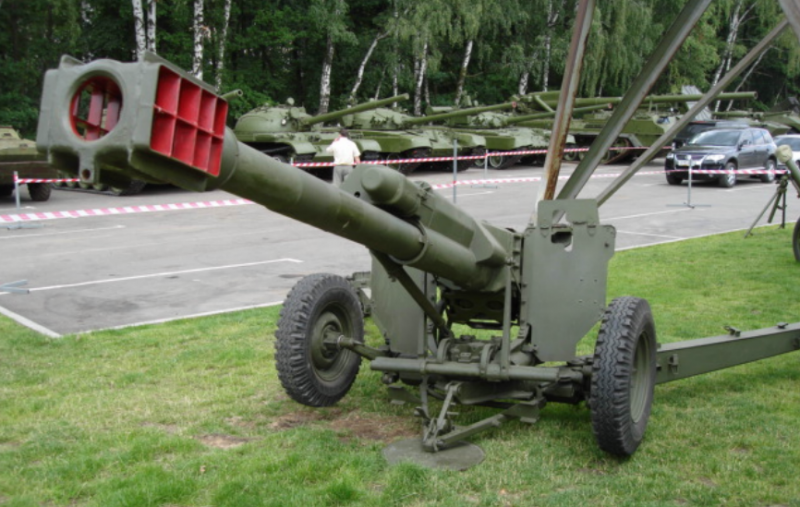
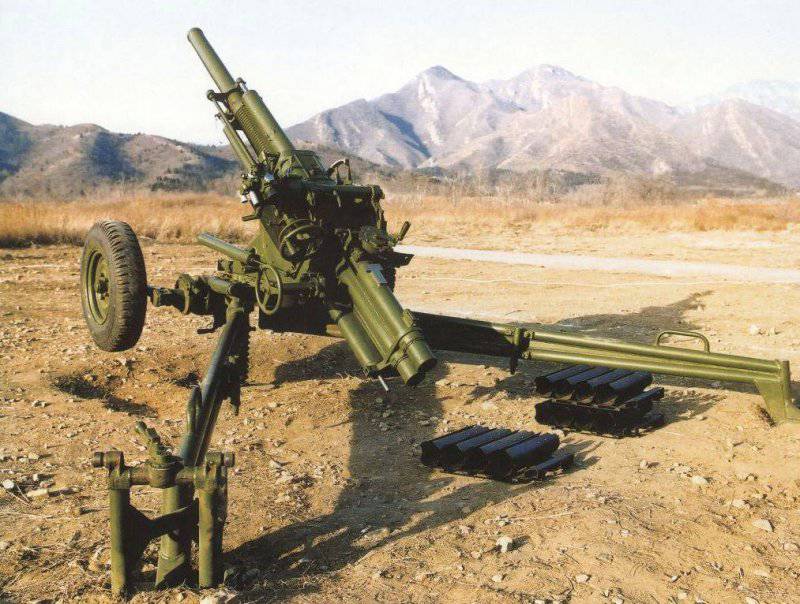
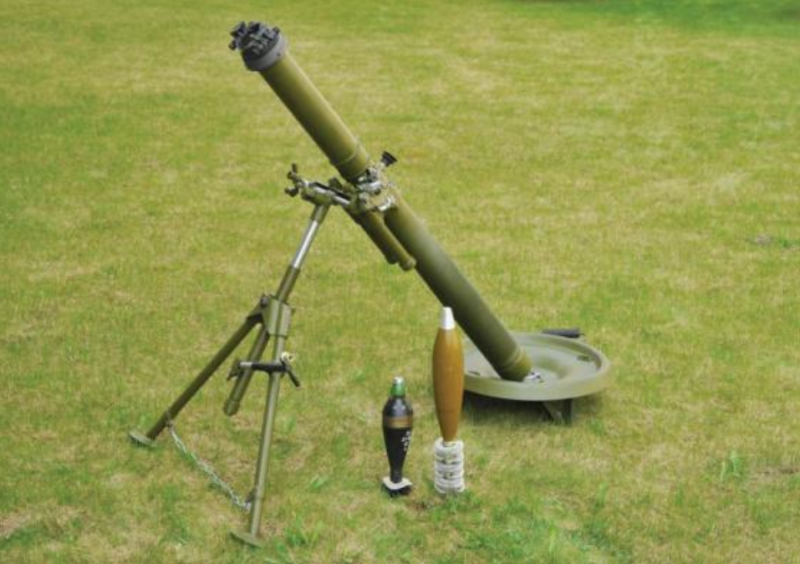
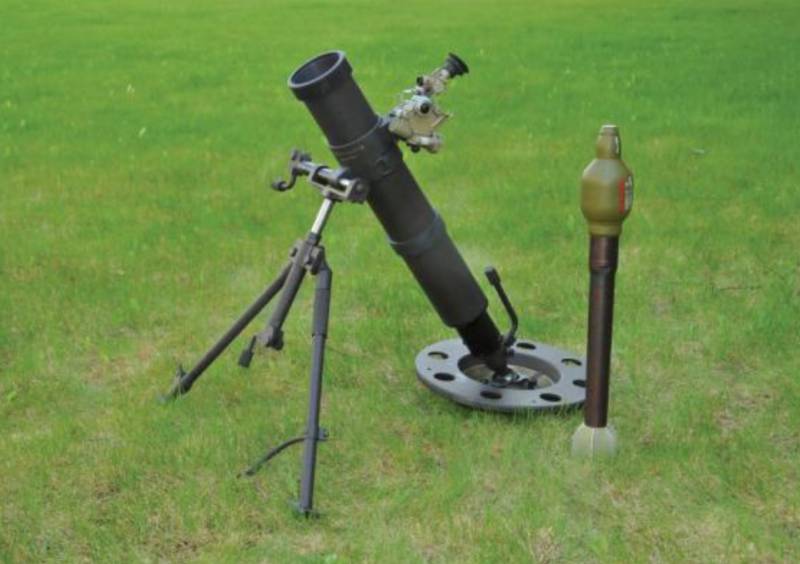
Information